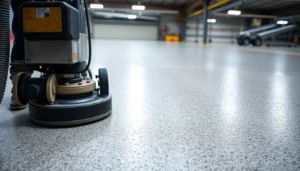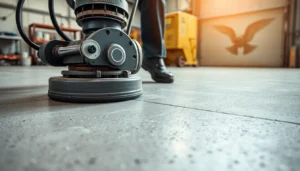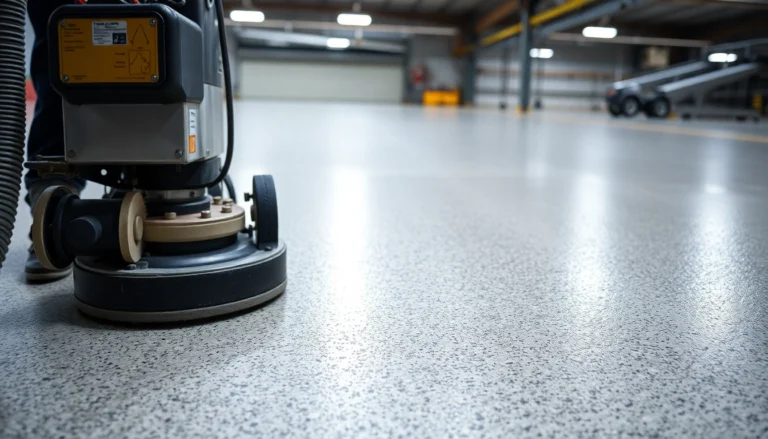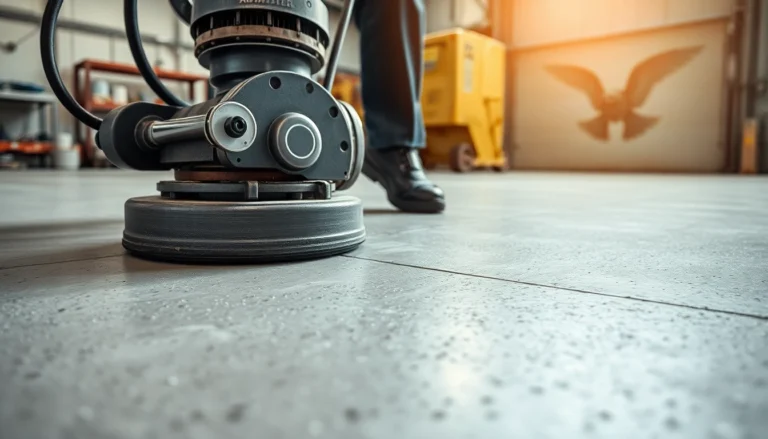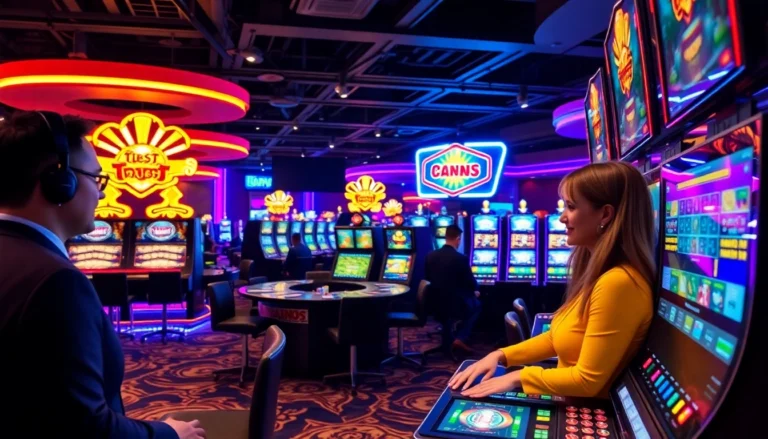Understanding the Rich Heritage of Tappeto Persiano Milano
Milan, a city renowned for its fashion, design, and luxury goods, is also a vibrant hub for high-quality Persian rugs, known locally as Tappeto persiano Milano. These exquisite pieces are more than simple floor coverings; they embody centuries of craftsmanship, cultural significance, and artistic expression. Whether displayed in a modern apartment or a historic mansion, Persian rugs bring warmth, elegance, and a sense of heritage that few other interior accents can match. Understanding their history, key features, and the reasons behind Milan’s prominence in this market is essential for any collector, designer, or enthusiast looking to invest in authenticity and timeless beauty.
History and Cultural Significance of Persian Rugs in Milan
Persian rugs have a history that spans over a millennium, originating from the ancient civilizations of Iran. Traditionally handcrafted with natural dyes and high-quality wool or silk, these rugs are renowned for their intricate patterns and durability. Their entry into Milan dates back to the 19th and early 20th centuries, driven by trade routes, cultural exchanges, and an increasing European admiration for Middle Eastern craftsmanship. Today, Milan stands as a leading market for authentic Persian rugs due to its cosmopolitan clientele and appreciation for luxury and tradition. This city hosts a dynamic scene of galleries, specialized stores, and restoration artisans who maintain and elevate Persian rug heritage.
Key Features That Define Authentic Persian Rugs
Authentic Persian rugs are distinguished by several notable characteristics. Their handcrafted construction involves knotting by skilled artisans, with each knot contributing to the overall pattern. Patterns often reflect traditional motifs, such as floral medallions, geometric designs, or symbolic representations rooted in Persian culture. Materials are primarily natural, including high-grade wool, silk, or a blend, ensuring longevity and luster. Color palettes typically feature rich reds, blues, ivory, and gold, obtained from natural dyes that age beautifully over time. The quality of a Persian rug is also influenced by knot density—higher knots per square inch indicate finer craftsmanship and value.
Why Milan is a Hub for High-Quality Tappeti Persiani
Milan’s status as a fashion capital and its thriving interior design industry make it an ideal marketplace for Persian rugs. The city’s discerning clientele values authenticity, quality, and exclusivity—traits that align perfectly with genuine Persian craftsmanship. Additionally, Milan hosts several renowned galleries, restoration studios, and export/import professionals specializing in Middle Eastern artifacts. The city’s strategic location facilitates logistics for sourcing, restoring, and selling these luxurious rugs, making it a focal point for both local buyers and international collectors seeking the finest Tappeto persiano Milano.
How to Choose the Perfect Tappeto Persiano Milano for Your Space
Assessing Size, Pattern, and Color for Your Interior Design
Selecting the ideal Persian rug involves considering the dimensions of your space, the stylistic harmony, and your personal aesthetic. Measure the area accurately to determine the right rug size—larger rugs anchor living rooms, while smaller ones are perfect for entryways or intimate corners. The pattern choice should complement your existing decor: traditional medallion designs suit classic interiors, while geometric or more abstract motifs can enhance modern spaces. Color coordination is crucial; opt for rugs that either contrast stylishly with your furniture or blend seamlessly for a cohesive look. An understanding of color psychology can aid your selection—deeper reds and blues evoke warmth and tradition, while lighter backgrounds create airy, contemporary atmospheres.
Factors Influencing Price and Investment Value
The price of a genuine Persian rug varies based on several factors, including age, knot density, materials, craftsmanship, and rarity. Antique pieces or those from renowned weaving regions like Ghom, Qum, or Tabriz command higher prices due to their historical value and superior craftsmanship. Investing in high-quality natural dyes and fine silk knots increases both aesthetic appeal and longevity, contributing to the rug’s value appreciation over time. Additionally, the condition of the rug—whether it’s well-preserved, restorable, or with minor damages—affects its market worth. A professional assessment can provide clarity on authenticity, provenance, and potential investment return.
Where to Find Trusted Vendors and Authentic Sellers
To ensure authenticity and value, buyers should seek reputable dealers with accreditation and transparent provenance documentation. Top Milan venues include established galleries like Toranj, which specializes in high-quality Persian rugs with restoration services, and specialized outlets like Artorient Milano and Tappeti Lorenteggio. Engaging with experts who offer certification, detailed history, and restoration guarantees is crucial. Online platforms can serve as initial research, but physical inspection and certification are imperative for genuine investment. Always verify seller credentials and ask about the rug’s origin, age, and maintenance history.
Care, Restoration, and Maintenance of Tappeto Persiano Milano
Best Practices for Cleaning and Preserving Persian Rugs
Proper maintenance extends the life and beauty of your Persian rug. Regular vacuuming without a beater bar prevents dirt accumulation within the knots, while immediate removal of spills with a damp cloth helps preserve the dyes. Avoid direct sunlight to prevent fading, and rotate the rug periodically to distribute wear evenly. Professional cleaning should be scheduled every 3-5 years, especially in high-traffic areas, to remove deep-seated dirt and revive colors without damaging delicate fibers.
Professional Restauro Services Available in Milan
Restoration services in Milan, such as those offered by Toranj, combine traditional craftsmanship with modern techniques. These specialists can repair torn borders, reweave worn knots, and restore colors through meticulous color matching. Preservation of the rug’s integrity and historical value through professional intervention is key to maintaining its worth and appearance. Restoration not only prolongs the lifespan but also enhances the rug’s aesthetic and market value.
How to Enhance Longevity and Keep Rugs Looking New
Protecting your Persian rug involves strategic placement, such as avoiding areas with high moisture or direct sunlight. Using rug pads can prevent slipping and reduce wear. Educating yourself on appropriate cleaning techniques and scheduling periodic professional reviews ensures the rug remains in optimal condition. Additionally, storing the rug during extended periods of disuse in a cool, dry environment wrapped in breathable material preserves its quality.
Current Trends and Market Insights for Tappeto Persiano Milano
Popular Styles and Modern Interpretations
While traditional Persian patterns remain highly sought after, contemporary designers are blending classic motifs with modern aesthetics through innovative color palettes and minimalistic designs. Customization options, such as choosing specific motifs or tailoring sizes, allow buyers to incorporate authenticity into modern living spaces seamlessly. Trends also indicate a growing appreciation for vintage and mid-century pieces, which combine historical charm with contemporary interiors.
Pricing Trends and Investment Potential
The market for Persian rugs in Milan has seen consistent appreciation, especially for rare, antique, or region-specific pieces. Prices continue to fluctuate with global demand, but well-chosen, authentic pieces tend to increase in value over time. Savvy collectors focus on provenance, quality, and rarity, turning their investments into durable assets that combine aesthetic appeal with potential financial appreciation.
Innovative Designs and Customization Options
Modern adaptations include bespoke designs crafted to meet individual tastes, integrating traditional craftsmanship with personal preferences. This includes selecting specific color schemes, sizes, and motifs. Some vendors now offer digital visualization tools, enabling clients to preview customized rugs within their interior before production, ensuring a perfect match. Such innovations reflect the evolving landscape of Tappeto persiano Milano market, combining authenticity with personalization.
Buying Guide: Making a Confident Purchase of Tappeto Persiano Milano
Questions to Ask Before Buying a Persian Rug
- What is the origin and provenance of the rug?
- Is the rug handmade or machine-made?
- What materials were used, and are the dyes natural?
- Can you provide certification of authenticity?
- What is the history or age of the piece?
- What restoration or repair work has been performed?
Tips for Negotiating and Ensuring Authenticity
Knowledge is power. Familiarize yourself with typical market prices and genuine indicators of quality. When negotiating, ask for detailed documentation and inspect the rug closely for signs of authenticity—such as uniform knotting, consistent dyes, and region-specific motifs. Always prefer vendors with transparent histories and comprehensive warranties. Don’t hesitate to request past cleaning, restoration records, or expert opinions if needed.
Where to Shop for Reliable Quality and Excellent Service
Trusted Milan-based stores like Azerbaijan Tappeti, Toranj, and reputable galleries affiliated with international organizations are the best options. Visiting showrooms in person allows detailed inspection and personal consultation. Additionally, engaging with specialists who offer restoration, certification, and custom services ensures a fulfilling purchase experience rooted in authenticity.
